A More Profitable Alternative to Contract Manufacturing Without Sacrificing Expertise
Over the last few decades, contract manufacturing has become an effective business strategy for expanding organizations. However, recent disruptions...
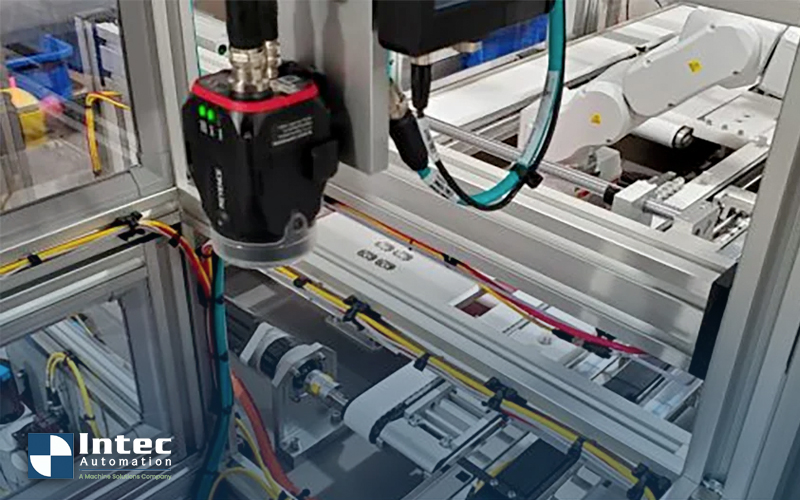
After a few years of turmoil, analysts now have a positive outlook on the US manufacturing sector. Supply chains are stabilizing and new production strategies are helping increase efficiencies across a range of industries, which were vulnerable under the older, globalized models. The strategy now is for manufacturers to establish practices to localize production and protect profit margins, and incorporate techniques like automated assembly to grow profit levels over the next decade.
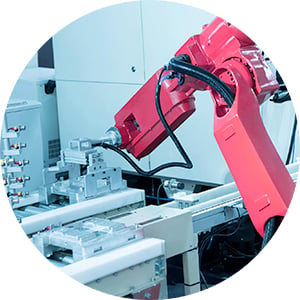 Strategic investments into automated assembly machine cells can provide a vital barrier to fluctuations in today’s uncertain economic climate. The investments by the government into industrial automation show that the manufacturing sector remains a key pillar of the US economy.
Strategic investments into automated assembly machine cells can provide a vital barrier to fluctuations in today’s uncertain economic climate. The investments by the government into industrial automation show that the manufacturing sector remains a key pillar of the US economy.
Analysts at McKinsey and Co. note that:
However, reaching the anticipated resurgence of US manufacturing will depend on overcoming the biggest obstacles to growth and profitability. Obstacles like; longer cycle times due to labor-intensive operations, higher scrap rates because of manual processes, and struggles with finding qualified (and affordable) operators.
Increased throughput, improved quality and reduced costs are the primary goals that manufacturers need to achieve with an assembly automation project. But before you can calculate the potential ROI, you’ll have to take a step back and understand what design considerations to address to successfully automate your assembly operations.
Most assembly processes are unique, but there are common design considerations that will determine the viability of an automation project. Below are three factors that will help you evaluate whether your assemblies are automatable and where you can unlock additional value from modern production techniques.
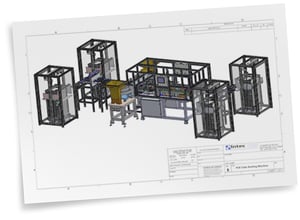 If a product design did not include automation considerations during the development phase, the geometry may make the project more difficult. Certain shapes and designs are not easy to bulk load and feed using bowl or tray feeding systems. In these situations, you may require an additional step in the process to orientate the part correctly, which can increase the overall complexity of the automated solution or the part to part cycle time.
If a product design did not include automation considerations during the development phase, the geometry may make the project more difficult. Certain shapes and designs are not easy to bulk load and feed using bowl or tray feeding systems. In these situations, you may require an additional step in the process to orientate the part correctly, which can increase the overall complexity of the automated solution or the part to part cycle time.
New R&D projects especially need to take an operator’s view to understand the entire assembly process. Malleable and soft materials are harder to handle while other products like tubes or sutures need precise tension control to avoid stretching.
Intec Automation can overcome these complex assembly tasks but if we get involved early, we can offer DFM (design for manufacturing) insight in the project, and help you avoid designing a part that increases the cycle time of each product.
In-process quality validation tasks can include vision inspection, vacuum decay, pull tests, or other means. Assemblies in the medical and life sciences industries have greater product liability concerns. Automating these different quality checks at key stages in the assembly process will help avoid shipping faulty products to your customers and adding downstream value to a component that has not met an upstream inspection.
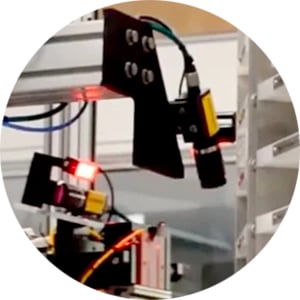 Data collection across the process enables you to demonstrate compliance with regulatory agencies like the FDA. You can track each component, batch, and lot according to the application. Additionally, you can log certain operations such as dispensing tasks, and alert staff when they may have to refill a bulk-feeding station to maintain the required uptime.
Data collection across the process enables you to demonstrate compliance with regulatory agencies like the FDA. You can track each component, batch, and lot according to the application. Additionally, you can log certain operations such as dispensing tasks, and alert staff when they may have to refill a bulk-feeding station to maintain the required uptime.
For situations like point-of-care diagnostic kits, Intec Automation can include donor stations that supply any missing components during the assembly process. When considering automation, recognize the value that in-process quality validation will add to the assembly line.
A final consideration is setting the appropriate scope for the automation project. If you have an existing assembly process, automating the entire factory may not be the best option. Instead, you should identify the high-runner processes where you can gain the best ROI in the shortest amount of time.
Intec Automation is a systems integrator that works in partnership with our customers to grow and scale operations. We will help you find time-consuming processes and develop an automated assembly solution that reduces cycle time, increases quality, and maximizes profitability.
By working with us, you can shorten the lead time of the project and leverage our extensive knowledge of the latest automation technologies available on the market.
For manufacturers that want to reduce costs and maintain profitability, automation has the potential to protect your margins. We can provide custom solutions and end-to-end support to help you execute a successful automation project.
To see the potential ROI available from automation, download this eBook and start calculating your savings today.
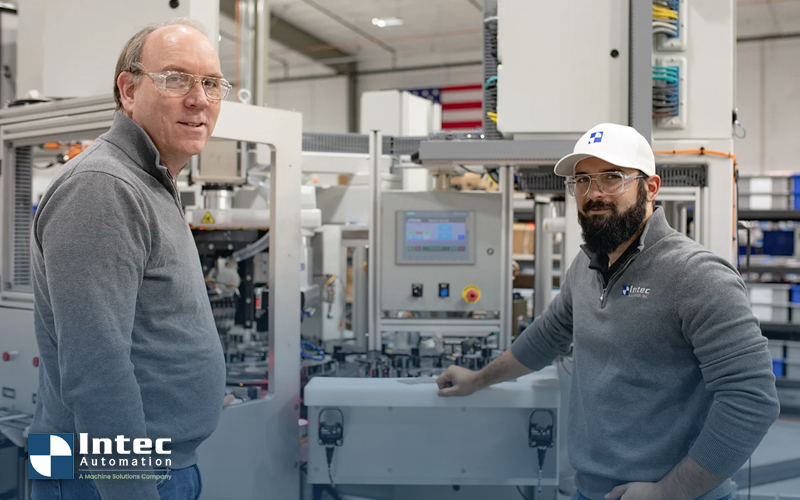
Over the last few decades, contract manufacturing has become an effective business strategy for expanding organizations. However, recent disruptions...
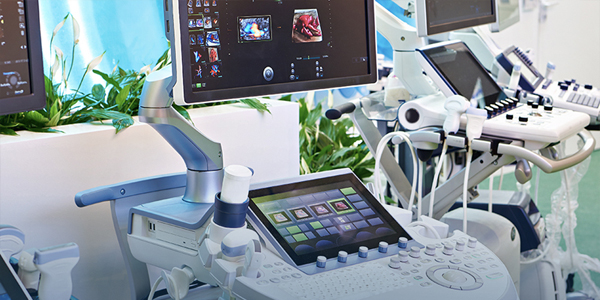
For manufacturers evaluating new projects in heavily regulated fields, such as medical device assembly, knowing how to calculate ROI for automation...
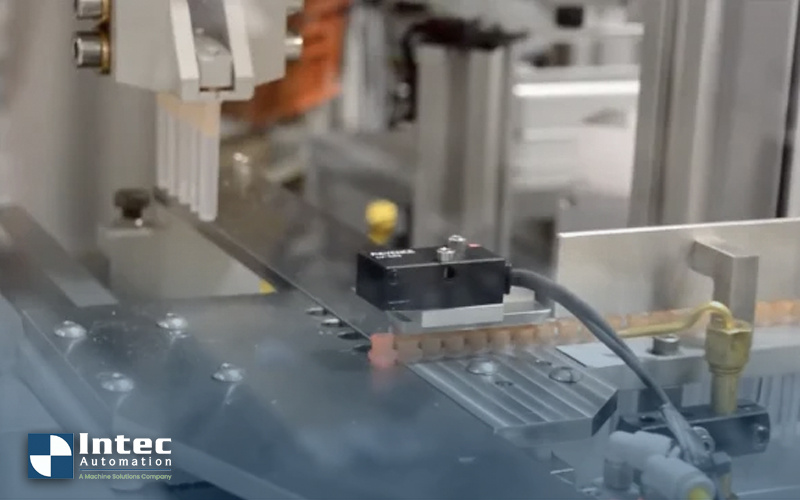
In the ophthalmic cannula forming industry, pain points persist in the areas of ergonomic and operator safety, consistency, quality, profitability,...